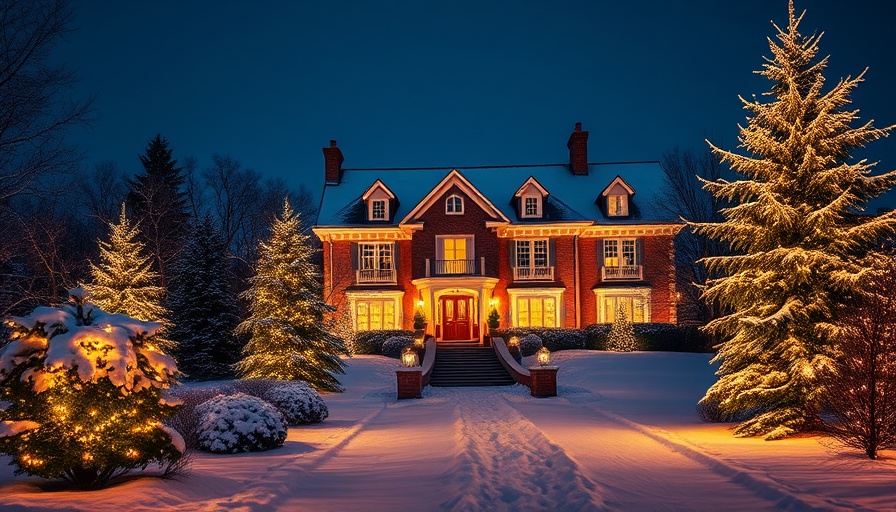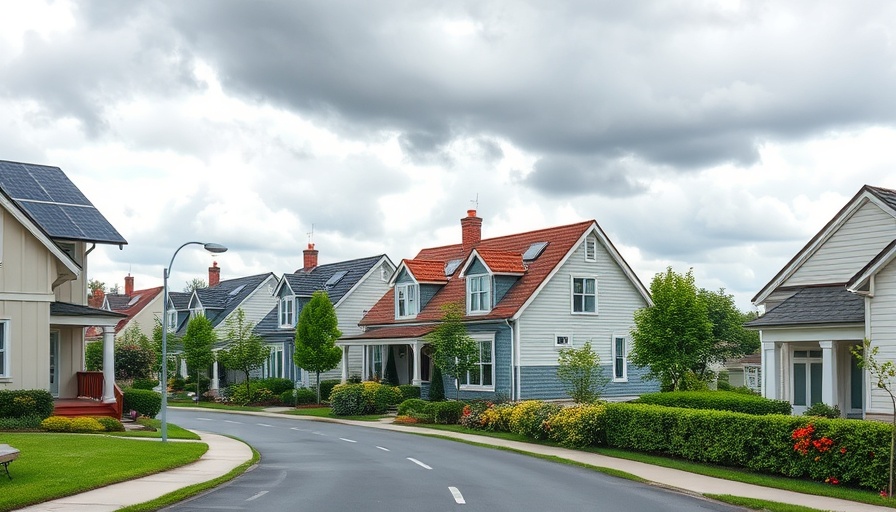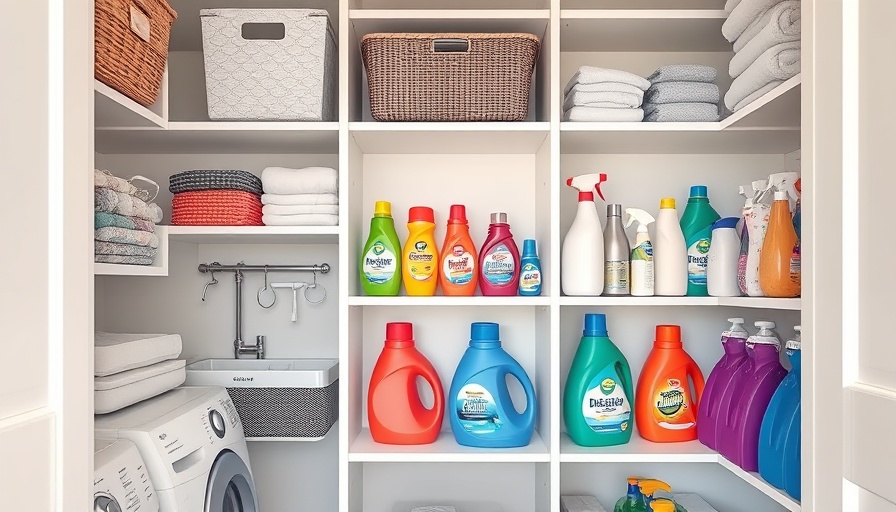
Thinking of Building? Why ICF Might Be Your Best Bet
As the popularity of energy-efficient homes rises, a new method of construction is making waves: Insulated Concrete Forms (ICF). Let’s dive into why this might just change the way we think about building our next home. It’s not just about aesthetics but about creating a solid structure that offers tremendous benefits over traditional wood framing methods.
The Magic of ICF Construction
ICF construction involves stacking foam blocks that are filled with concrete to create walls that are not only sturdy but also highly insulated. This process creates what can best be described as a thermal cocoon. Unlike traditional homes where insulation can be compromised, ICF walls provide a continuous barrier against the elements. Nothing can sneak through the cracks here!
Why Energy Efficiency Matters
In the past, older homes like mine often came with hefty utility bills due to inefficient design. Many homes built before the energy crisis were not constructed with today’s energy standards in mind. As a result, drafts and cold spots were common features in many rooms.
When we compare this with ICF homes, we find that they operate on a different level altogether. They are airtight and can save residents up to 60% on heating and cooling costs. The financial advantages alone are compelling!
Real-Life Benefits of Owning an ICF Home
Beyond just financial savings, ICF homes offer a myriad of benefits. For starters, they are fire resistant and can handle extreme winds, making them safer in severe weather conditions. The insulation provided by ICF means that HVAC systems can be smaller and more efficient, leading to lower spendings over time.
This has a direct impact on the comfort of your home. Imagine walking from room to room and feeling the same pleasant temperature everywhere. With traditional builds, that just isn’t a reality!
An Increased Motion Towards Sustainability
In an age where sustainability is paramount, many homeowners are seeking new strategies to be more environmentally friendly. ICF construction stands out as a green building material option. By wasting less energy and needing less maintenance, you not only save money but also reduce your carbon footprint.
This forward-thinking construction method aligns perfectly with contemporary values of sustainability and resource conservation. Homebuyers today are more informed and conscious about their choices, looking for methods that can reflect their values.
Real Stories, Real Choices: Building Your Forever Home
Building a home can feel overwhelming. With countless decisions to make—from layout designs to finishes—it’s easy to find yourself in a dizzying haze of choices. After living in our old home, with its hot-and-cold zones and rising bills, we’re prioritizing energy efficiency this time.
ICF construction checks multiple boxes for us, including fire resistance and pest prevention. As we dive deeper into making plans, I’m reminded that building is not just about bricks and mortar; it’s about creating a healthy environment for my family.
Your Home, Your Choice: Exploring ICF and Its Advantages
So why not explore the possibilities ICF offers? Whether you’re consolidating costs or focused on energy efficiency, the choice to build using ICF can lead to a more robust, cost-effective, and peaceful home environment.
Home is where we build our lives, and ICF is poised to transform how we construct them for generations to come.
In closing, as potential homeowners and builders look at contemporary options, the benefits of ICF construction are clear. We are not just constructing homes; we are creating lasting legacies.
 Add Row
Add Row  Add
Add 



Write A Comment